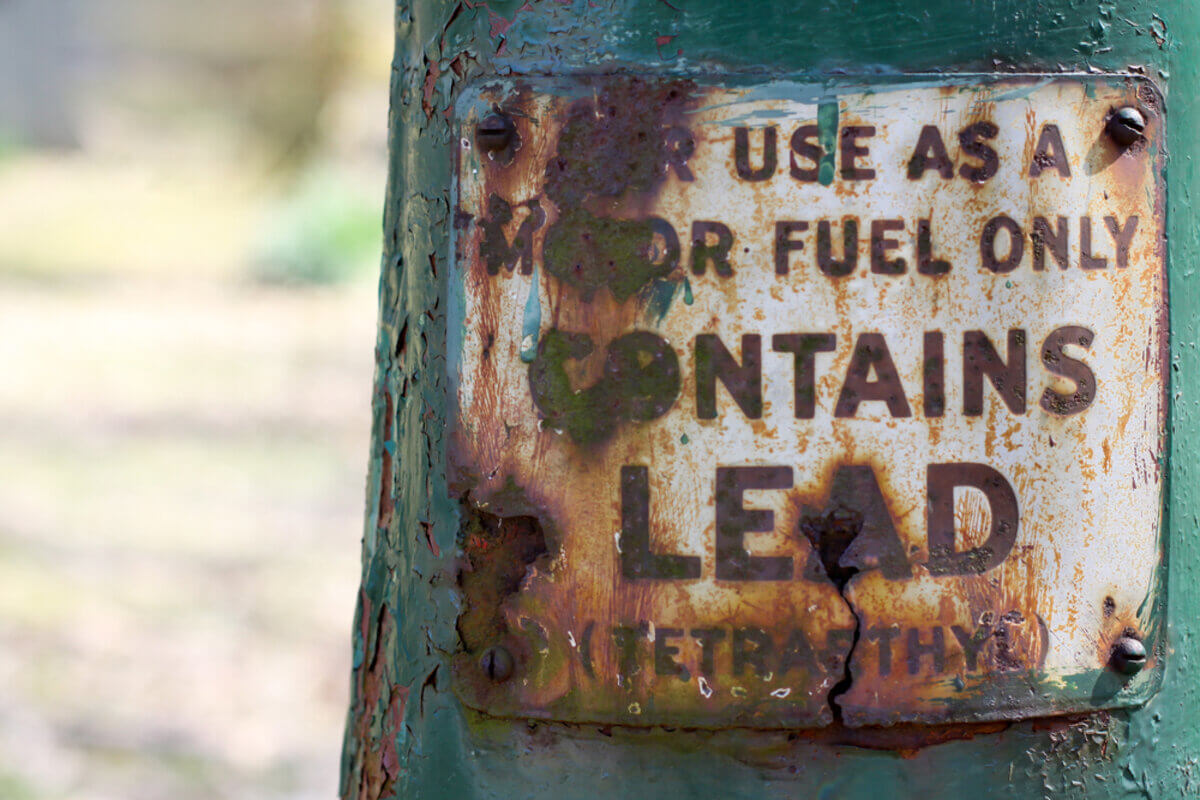Lead-based paint still poses serious health risks, especially in homes built before 1978. To reduce exposure, the Environmental Protection Agency (EPA) requires specific training and certification for professionals who work on these properties. EPA Lead Certification helps ensure workers follow safe practices that prevent contamination.
Now that certification is available in both online and in-person formats, professionals must decide which method fits their needs best. This choice can affect your schedule, learning experience, and even legal compliance. Knowing the key differences can help you choose the right path.
What Is EPA Lead Certification?
EPA Lead Certification is required under the Renovation, Repair and Painting (RRP) Rule. This regulation applies to contractors, painters, landlords, and maintenance workers who disturb painted surfaces in pre-1978 housing or child-occupied facilities.
The course includes lessons on lead-safe work methods, cleanup procedures, and health risks. After completing the training, participants receive a certificate valid for five years. Refresher training is required before it expires to stay certified.
Online EPA Lead Certification: Flexible and Convenient
Why Professionals Choose Online Training
Online certification is a popular option, especially for those with busy workdays or limited access to training centers. For initial certification, online programs typically offer a hybrid model: theory is completed online, while hands-on skills are demonstrated in person at a scheduled session.
Key benefits include:
- Self-paced learning: You can study when it’s convenient for you.
- No travel costs: Training can be done from anywhere with internet access.
- Easy access to resources: Videos and materials are often available for review.
This method works well for motivated learners who are comfortable managing their own time and prefer flexibility.
Potential Drawbacks
While online training is convenient, it may not suit everyone. Some skills—like properly sealing off a work area or using lead-safe tools—are easier to learn in person. Also, not all states accept online-only certification. Be sure to check with your state agency before enrolling.
In-Person Training: Hands-On Practice and Live Instruction
Why Some Still Prefer the Classroom
In-person courses offer real-time instruction from certified trainers. Participants can ask questions, observe demonstrations, and get immediate feedback. This format provides:
- Practical experience: You’ll practice real tasks with proper tools.
- Direct feedback: Instructors correct techniques on the spot.
- Interactive environment: Group discussions and teamwork enhance learning.
This is often the best choice for those getting certified for the first time or who learn better through doing.
Considerations Before Enrolling
In-person training requires a bigger time commitment. You must attend on specific dates and travel to a training site, which can add to your costs. If you’re working full-time or in a remote area, scheduling may be a challenge.
Choosing the Right EPA Lead Certification Format
Your best option depends on your schedule, location, and learning preferences.
- Online training is ideal for those needing flexibility or renewing their certification.
- In-person courses are best for those who want hands-on learning and direct interaction.
No matter which route you choose, make sure your course is EPA-approved and meets your state’s rules.
Final Thoughts
EPA Lead Certification is not just a legal requirement—it’s also essential for protecting health and ensuring your work meets safety standards. Both online and in-person options offer valid paths to certification, each with its own benefits.
Before deciding, think about how you learn best, your availability, and local requirements. For guidance or to enroll in an approved training course, contact ZOTA Professional Training today.


